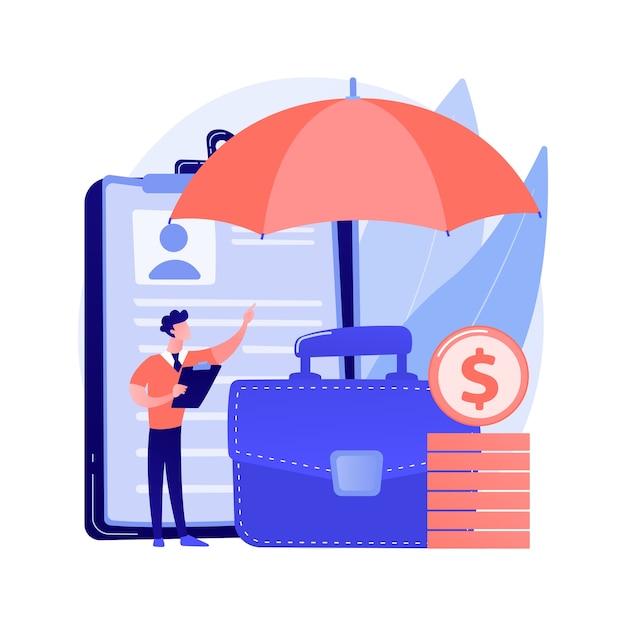
Starting adulthood, I wasn’t aware of the concept of an emergency fund. The term seemed similar to ‘savings’. Even after I understood the idea, I struggled with figuring out its size, how to accumulate funds for it, and the appropriate time to use it. An emergency fund might seem straightforward but it gets puzzling once you start dealing with life’s unpredictability.
Does this resonate with your experience? There’s no need to feign comprehension about emergency funds, as today we’ll be exploring everything there is to know about them!
UNDERSTANDING THE EMERGENCY FUND (AND ITS IMPORTANCE)
In this ‘Emergency Fund 101′ session, let’s begin by defining an emergency fund and why you need one.
As the name suggests, an emergency fund is a cash reserve meant to handle sudden, unexpected situations. The reason why we don’t create budgets for emergencies is because they’re unpredictable – we don’t know what they will entail, when they will occur, or how much they will cost.
That’s where the emergency fund comes in – it prevents you from resorting to loans, credit cards, or payment plans which can lead to high interest and financing fees.
Imagine, for instance, you’re married with young children and can only afford to dine out once a week. You come home from work one day, begin preparing dinner, and find your 2-year-old fridge has stopped functioning. All your food has gone warm.
Without an emergency fund, you might have to finance a new refrigerator, which will ultimately accrue more costs. The alternative – saving for a new fridge, will be time-consuming and probably overextend your budget due to frequent eating-out expenses.
WHERE TO KEEP THE EMERGENCY FUND?
An emergency fund needs to be readily available, as you never know when you might need it. The perfect place for this fund is a checking or savings bank account. Some people even merge their emergency fund with their day-to-day bank account, whereas others prefer keeping it separately for ease of tracking.
If you have a tendency to give in to temptations, keeping your emergency fund out of sight, but easily accessible, is advisable.
HOW MUCH TO SAVE FOR AN EMERGENCY FUND?
Next, let’s talk about how much you should save for an emergency fund. There’s no universal amount that fits all, although $1,000 serves as a good starting point. The amount should reflect your life circumstances and potential risks. Those who are married with children, own a house, or have long commutes probably need a larger fund than singles who walk to work and rent their homes.
A rule of thumb is to save up to 6 months’ worth of your essential living expenses based on your lifestyle.
It’s also important to note that once your emergency fund reaches a comfortable amount, you may consider moving some money into investments or higher-interest accounts to make your money work harder for you.
HOW TO BUILD AN EMERGENCY FUND?
Building an emergency fund might seem intimidating at first. Start by saving $1,000 and then gradually grow from there. Eventually, you should consider creating a budget to help you consistently contribute to your emergency fund. Look for additional income channels, cut back on expenses, or both.
WHEN TO USE THE EMERGENCY FUND?
An emergency fund may be used for unforeseen yet necessary expenses like medical bills or fixture of a broken vehicle. But it should not be used for non-urgent, predictable expenses like buying a new dress for a wedding.
After using the fund, ensure to have a plan to replenish the used amount so as to keep your fund intact.
In conclusion, an emergency fund is a crucial part of a healthy financial life. Create it slowly, use it wisely, and it will serve as a robust financial anchor in times of emergencies.
Have you used your emergency fund before? If you don’t have one, how do you plan to start one? Share your thoughts and experiences.


